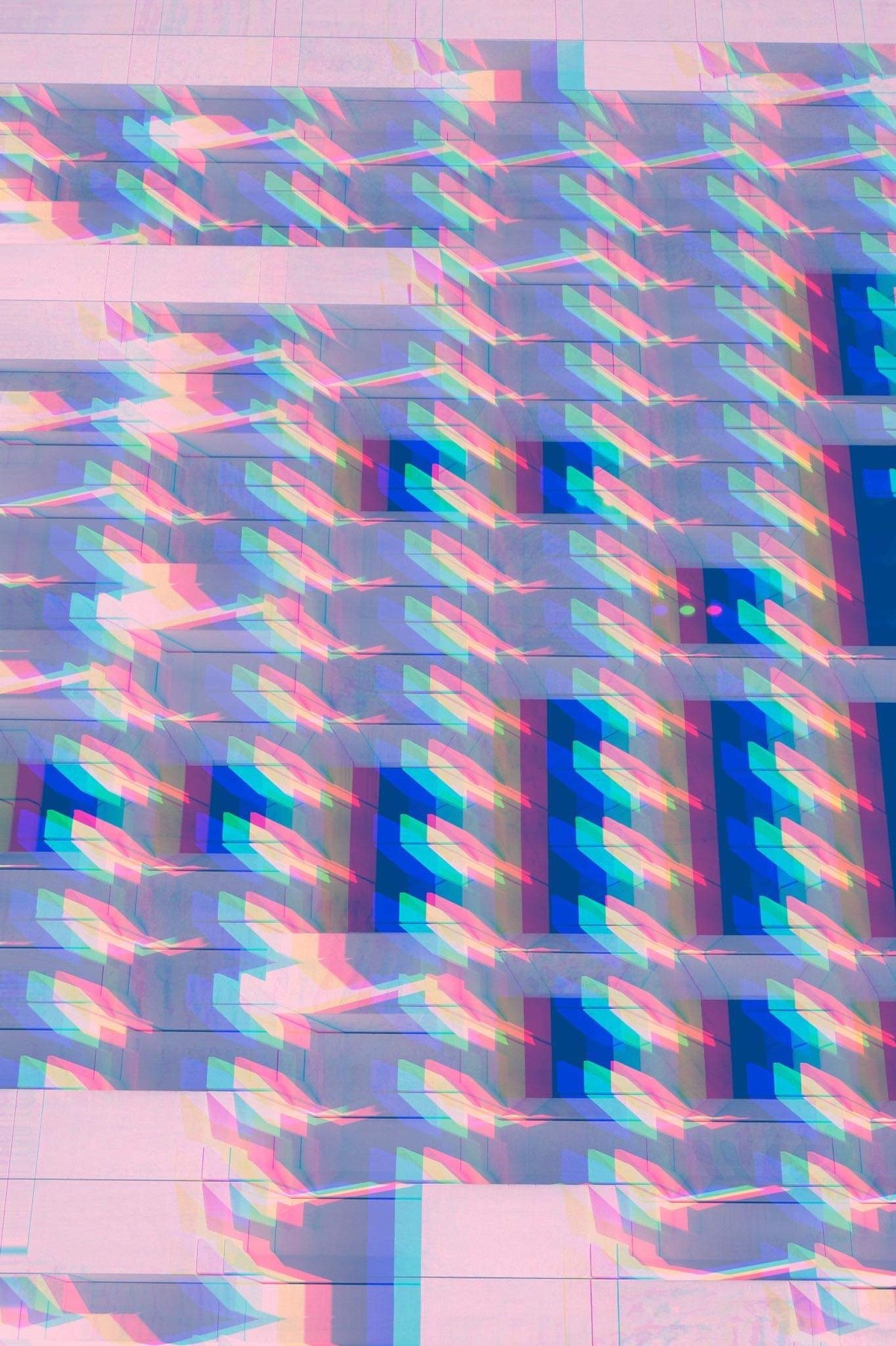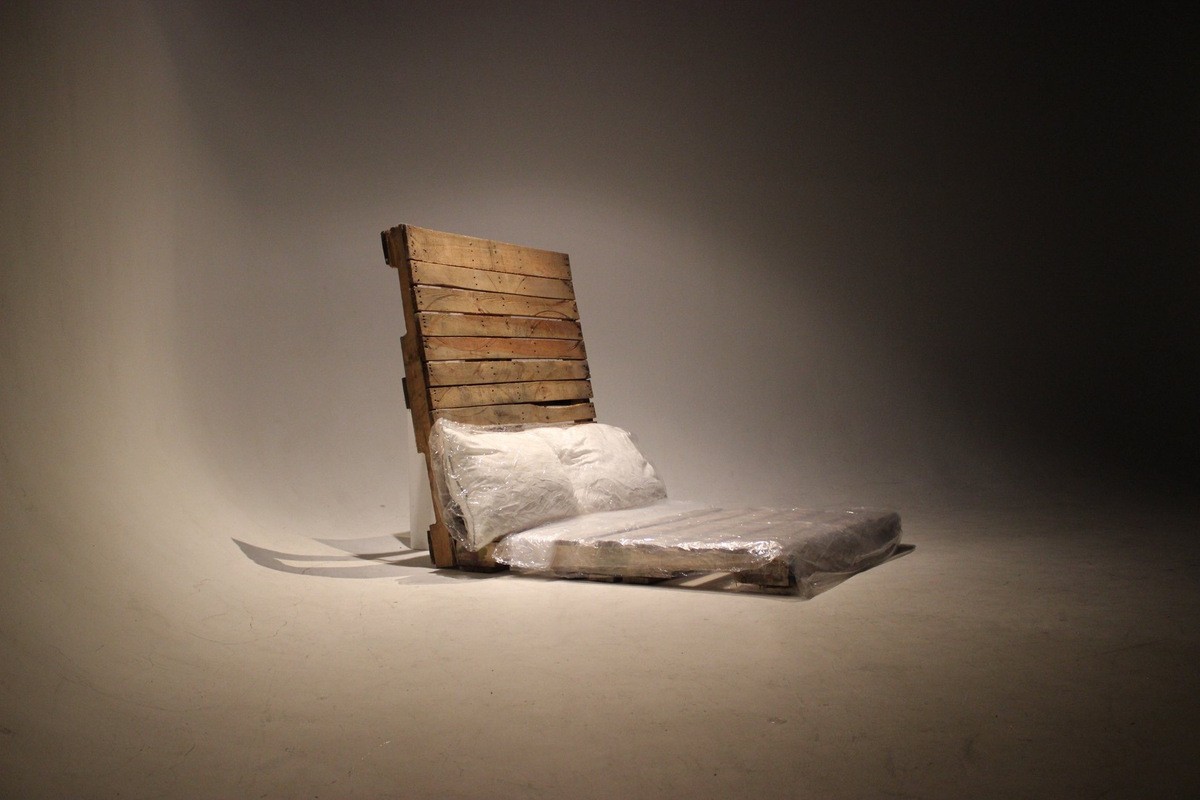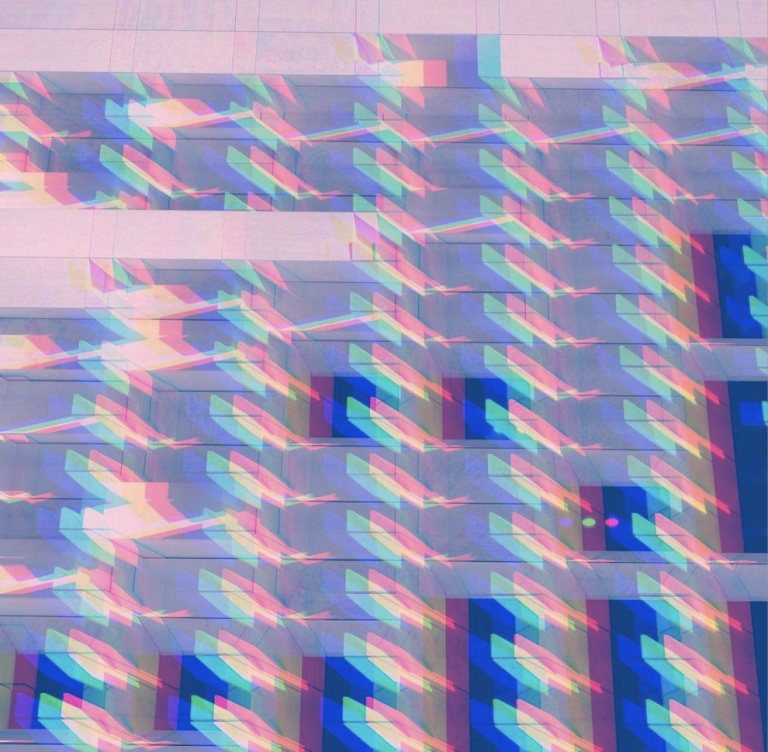Jane Eyre Jordans
Intermedia
♡♡♡
As an artist, I am inspired by the power of personal experiences to challenge and disrupt societal norms and expectations. My work often features a playful approach, using vibrant colors, upbeat music, and popular cultural references to create a joyful, celebratory atmosphere.
At the heart of my practice is the concept of glitches. I draw on the ideas of Glitch Feminism, as developed by Legacy Russel, to examine how digital tools and techniques can be used to deconstruct the white heteronormative notion of the gender binary. My aim is to extend this conversation to include disabled and mentally ill bodies, exploring how glitches and other digital tools can be used to expand our understanding of what a body can be.
In my work, I seek to articulate my experiences as someone with intersecting identities. I see my art as a journal, capturing and encapsulating the complexities of my life and perspectives. My goal is to create a space for connection, empathy, and self-reflection through my art.
I also feel that highlighting technology is essential for my work because technology has played a major role for me in my search for self-discovery, connection, self-expression, and in how I relate to others as a mixed-race person. Furthermore, this connection between identity politics and technology has been ever-present in the research practice. For example, in her book Glitch Feminism, Legacy Russel writes "[w]ithin glitch feminism, glitch is celebrated as a vehicle of refusal, a strategy of non-performance. This glitch aims to make abstract again that which has been forced into an uncomfortable and ill-defined material: the body.
Though the glitches Russel describes in her book do not necessarily have to be digital glitches, I have found that the use of digital glitches allows me to speak to this concept. Furthermore, as a mixed-race person, I can relate to the notion of “error” through having felt as if my“mixed-raced ness” is an error within our white, heteronormative, patriarchal society and that this “error” is not something to be corrected, but instead, celebrated.
I'm also currently exploring the potential of selfies as an agent for women's empowerment and am influenced by the work of researcher Katrin Tiidenberg. Tiidenberg whose work has explored female self-shooters (people who take selfies and post them online) found that “self-shooting has been in no way a trivial, vain pursuit, but a self-therapeutic and awareness-raising practice.” As a self-shoot myself, I have also found this process to be empowering. This is somethingTiidenberg also found in her research subjects; and, by utilizing selfies I aim to create work that speaks to the possibility of empowerment while confronting the male and racial gaze.
♡♡♡
Jane Eyre Jordans is a multidisciplinary artist who explores the intersections of identity, memory, and personal experiences mainly through video, performance, and installation art. Born to a Canadian Italian Jamaican family, her work reflects her unique background and perspective as a queer mixed-race black woman.
With a commitment to experimentation and risk-taking, she pushes the boundaries of traditional art forms, creating works that are as thought-provoking as they are visually striking. Through her art, she invites the viewer to engage in a dialogue about the complex realities of our world and to consider new possibilities for the future.
Jane Eyre Jordans received her undergraduate degree in integrated media from OCAD University in Toronto, and she is currently pursuing an MFA in intermedia at Concordia University in Montreal. Her work has been featured in several exhibitions, including Temporary Collection at ED Video in Guelph, Dyscorpia in Edmonton, and Representations of Pain in Montreal.
♡♡♡



